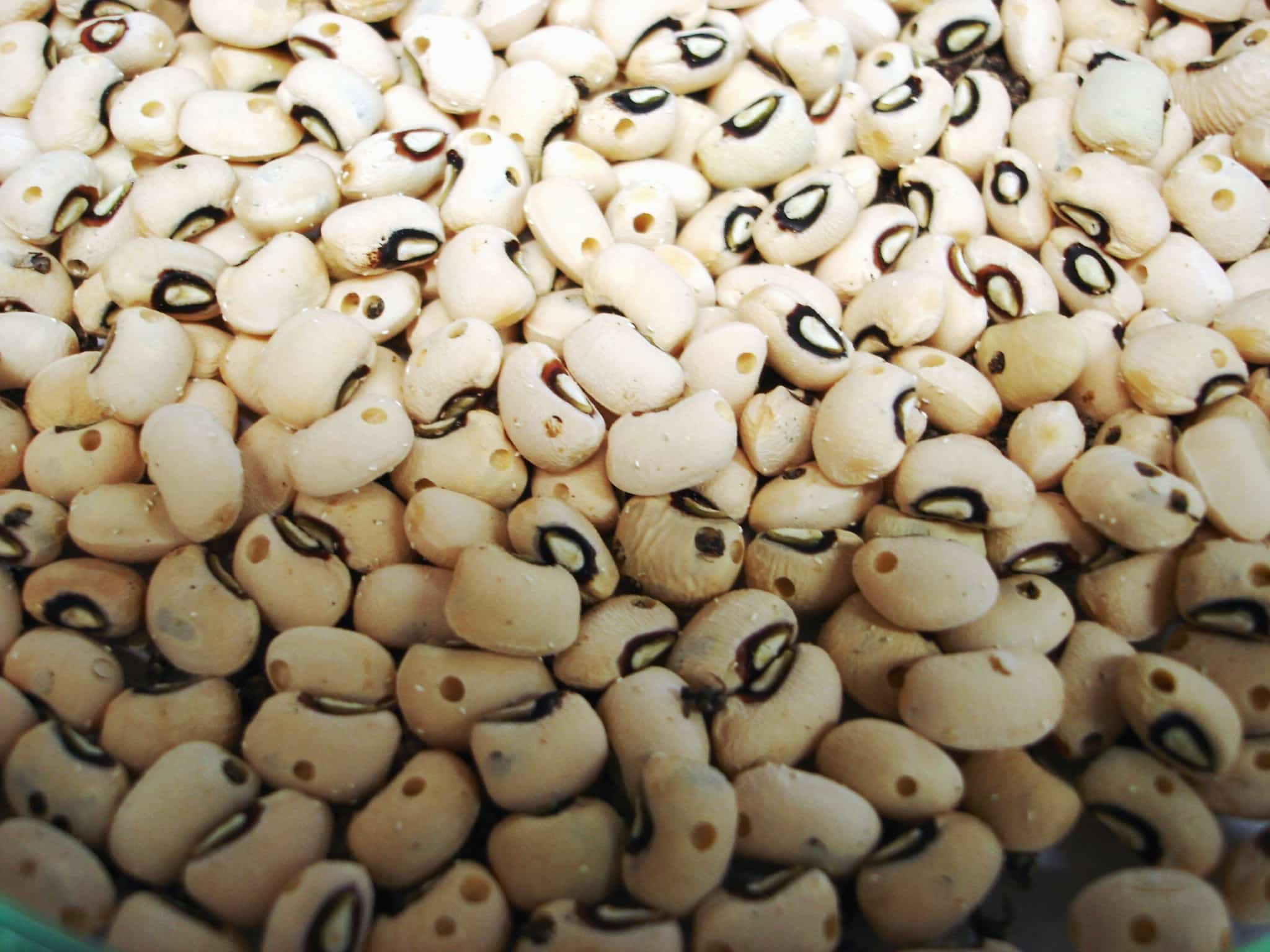Plant Genetics research is helped by network infrastructure: In Brazil, researchers from the Plant Genetics and Biotechnology Laboratory of the Federal University of Pernambuco (UFPE) have created the Cowpea Bean Genome Consortium, using an exclusive infrastructure to send data to laboratories across the world, in order to develop more environmentally adapted cultivated forms of the black-eyed bean.
The cowpea beans, known as black-eyed beans in Brazil, is much more than a food for the people of North and Northeast Regions of the Brazil. The grain is one of the main components of the food diet and a protein source capable of replacing the consumption of red meat, often sparse.
Found not only in Brazil but also in North Africa and in the United States, it also leverages family-based agriculture, because it occupies much of the planted area and generates thousands of jobs. The reason for its importance is in its adaptability to unfavorable soil and weather conditions, where other leguminous plants would not normally develop.
Affected by drought and salinity
In Brazil, the yield of the cowpea bean is affected by factors such as drought and salinity as well as by viruses transmitted by insects and other diseases.
To investigate which genes are key to overcoming these adversities, researchers from the Plant Genetics and Biotechnology Laboratory of the Federal University of Pernambuco (UFPE) created the Cowpea Bean Genome Consortium.
The consortium generated databases of case-control for genetic enhancement purposes, in order to produce cultivated forms more environmentally adapted.
“This consortium generated more than 500 million sequences of this culture under different experimental conditions, a sort of atlas of the important genes,” the head of the laboratory of UFPE, Ana Benko-Iseppon, said.
Economic importance
For the researcher, this information is important for agronomy from an economic perspective, because the improvements in farming techniques can generate new ways of use and expand the consumer market.
“The breeders cross a variety resistant to a certain disease with the one that does not have the resistance gene. Knowing the gene for its expression, it is possible to generate DNA markers that allow identification of plants containing the gene of interest for the enhancement of the species,” Ana Benko-Iseppon explains.
UFPE’s Plant Genetics and Biotechnology Laboratory has projects in collaboration with the universities of Frankfurt and Potsdam in Germany, Luxembourg, Virginia, in the United States, and Sherbook and McGill, both in Canada. In Brazil, there are strong partnerships with various centers of the Brazilian Agricultural Research Corporation (Embrapa) and the State University of Campinas (Unicamp).
Genome sequencing abroad
Due to the high cost to maintain a state of the art genome sequencer in Brazil with large-scale production, the cowpea cultivars have been sequenced in outsourced services abroad. Then, UFPE conducts the assembly process of the transcriptome, that is, of what genes are being expressed in what situation if compared to the genome, which comprises the set of all DNA sequences of the analyzed individuals.
“These data make genomic libraries, which are available for consultation by other researchers and that must be compared to data from other plants deposited in genetic banks across the globe, ” she says.
In 2014, after the approval of a project in a public notice, UFPE’s IT Center, in partnership with RNP (the Brazilian NREN), installed an optical fiber architecture exclusively for the laboratory, in addition to the network that serves the entire university campus. This infrastructure, Science DMZ, accelerated the data transfer between the laboratory and the partner institutions.
Science DMZ also facilitated the academic network connection to the project network, known as InterSis, which studies biotic interactions of various organisms using bioinformatics tools. The network includes 14 working groups in eight Brazilian institutions in five states and five international partners.
According to Ana Benko-Iseppon, before Science DMZ the InterSis work was compromised because it was not possible to transfer research data by the Internet, since the genome sequencing generated large data packets, in the order of terabytes.
“Without Science DMZ, our laboratories would be isolated islands, with no possibility for comparison of our data with the countless genomes and transcriptomes available elsewhere in the world”.
Plants growing where no other may survive
Within the InterSis network, UFPE’s laboratory maintains other strategic projects for the Northeast region of Brazil, such as the study of the wine grown in the San Francisco River region, which suffers a severe problem of infection by a bacterium of the Xanthomonas genre bacterium.
Another study observes an arboreal leguminous plant known as “catingueira” (Poincianella pyramidalis), used to feed cattle. As it is resistant to drought and salinity, this plant may help recover degraded soils, through the symbiosis with the microorganisms from the ground.
For Ana Benko-Iseppon, these plants are interesting because they are pioneers, growing where no other may survive.
“As in the semiarid region the cultivable area is reduced, and more is harvested than is planted. So it is necessary to reverse a soil without organic matter into ground with more nutrients. The research on plant genetics becomes important given the global warming and the climate changes”, she concludes.
The estimation is that, by the end of 2017, over 5 billion gene sequences of organisms are generated, demanding the analysis by one hundred researchers, including postgraduate students.
The InterSis network is also responsible for the training of personnel in the area of bioinformatics, with courses ministered by Brazilian and foreign teachers.







